The Significance of Murals in Community Identity
Murals play a crucial role in shaping the identity and character of communities, acting as vibrant reflections of history, culture, and values through the medium of public art. These large-scale artworks have the power to transform ordinary spaces into extraordinary showcases of creativity and storytelling, leaving a lasting impact on both residents and visitors alike.
Historically, murals have been used as a form of community expression, dating back to ancient civilizations where they adorned walls with pictorial narratives. Over time, mural art has evolved into a powerful tool for conveying collective memories, traditions, and social messages, becoming integral to the visual landscape of neighborhoods worldwide.
One of the most significant contributions of murals is their ability to preserve and celebrate cultural heritage within communities. These visual representations serve as living testaments to the rich tapestry of traditions, beliefs, and practices that define a group of people, fostering a sense of pride and connection among residents.
Moreover, murals play a pivotal role in engaging and empowering communities through collaborative art projects. By involving local artists, residents, and organizations in the creation process, murals promote unity, activism, and a shared sense of ownership over public spaces, ultimately strengthening the social fabric of neighborhoods.
Symbolism lies at the heart of murals, encapsulating diverse narratives, identities, and social issues that resonate within local contexts. From depicting historical events to addressing contemporary challenges, murals serve as visual storytellers that spark conversations, provoke thoughts, and inspire change within communities.
Aside from their cultural significance, murals also bring about economic benefits by attracting tourists, supporting local businesses, and revitalizing urban areas. These colorful artworks have the potential to draw visitors from far and wide, creating opportunities for economic growth and cultural exchange in communities.
However, the conservation and maintenance of murals pose significant challenges, as they are susceptible to weathering, vandalism, and urban development. Preserving these artistic treasures requires ongoing efforts in restoration, protection, and community involvement to ensure their longevity and continued impact.
The global influence of murals on urban landscapes cannot be understated, with cities around the world embracing this art form as a means of cultural expression and beautification. Contemporary trends in mural art continue to evolve, incorporating new styles, techniques, and themes that reflect the dynamic nature of society and the ever-changing urban environment.
Looking ahead, the future of murals in community identity remains promising, with a growing emphasis on their role in urban planning, social change, and public art initiatives. Sustaining support for mural projects is essential for preserving cultural heritage, promoting creativity, and fostering a sense of belonging that transcends boundaries and unites communities.
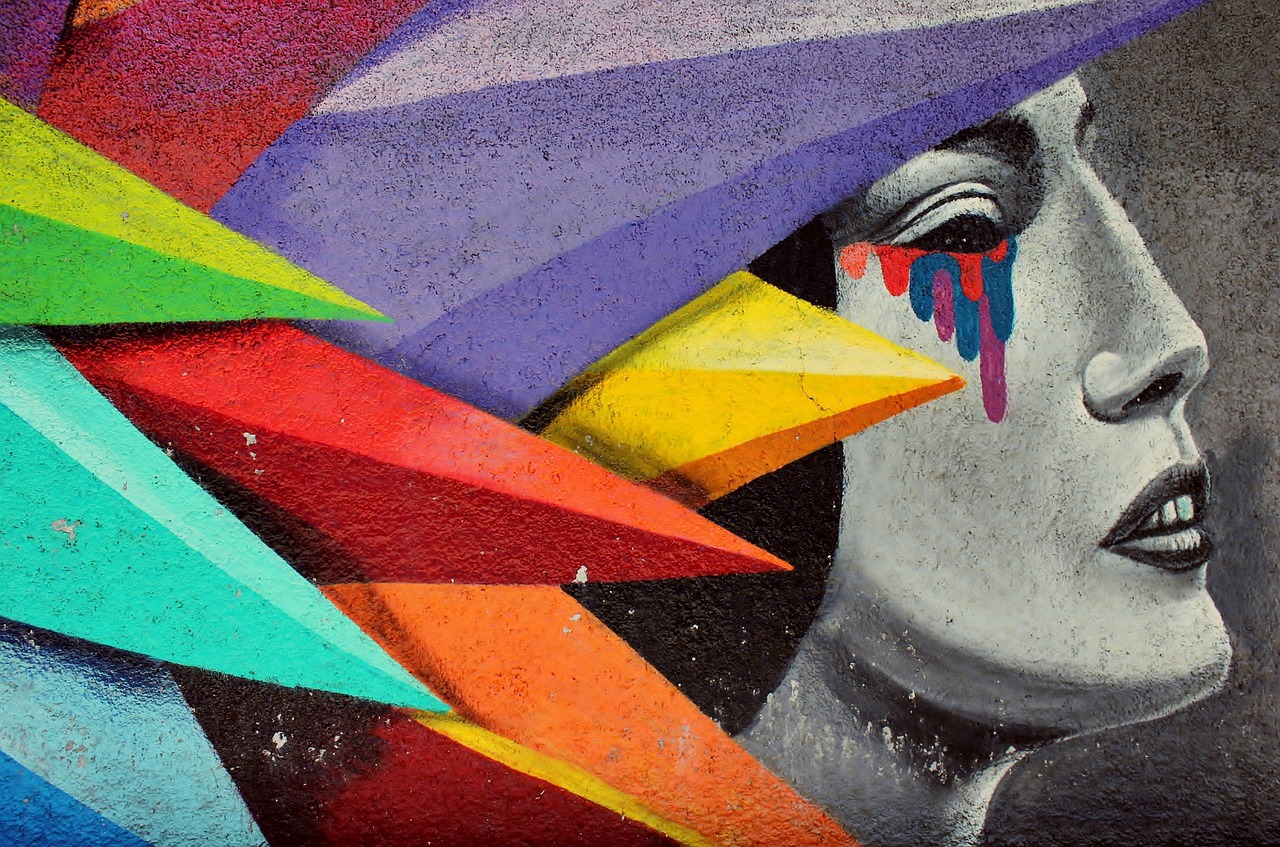
Historical Context of Murals
Exploring how murals contribute to shaping the identity and character of communities, reflecting history, culture, and values through public art.
The historical roots of murals trace back to ancient civilizations, where they were used to depict stories, rituals, and beliefs on walls of caves and temples. Over time, mural art evolved into a powerful medium for community expression and storytelling, capturing the essence of different eras and cultures.
One of the earliest known examples of mural painting is found in the ruins of Pompeii, showcasing vibrant frescoes that provide insights into daily life in the Roman Empire. From the Renaissance period to the Mexican Muralism movement led by artists like Diego Rivera, murals have played a crucial role in documenting historical events and social movements.
By understanding the historical context of murals, we gain a deeper appreciation for how these artworks have served as visual archives of human experiences, connecting past narratives with present-day communities.
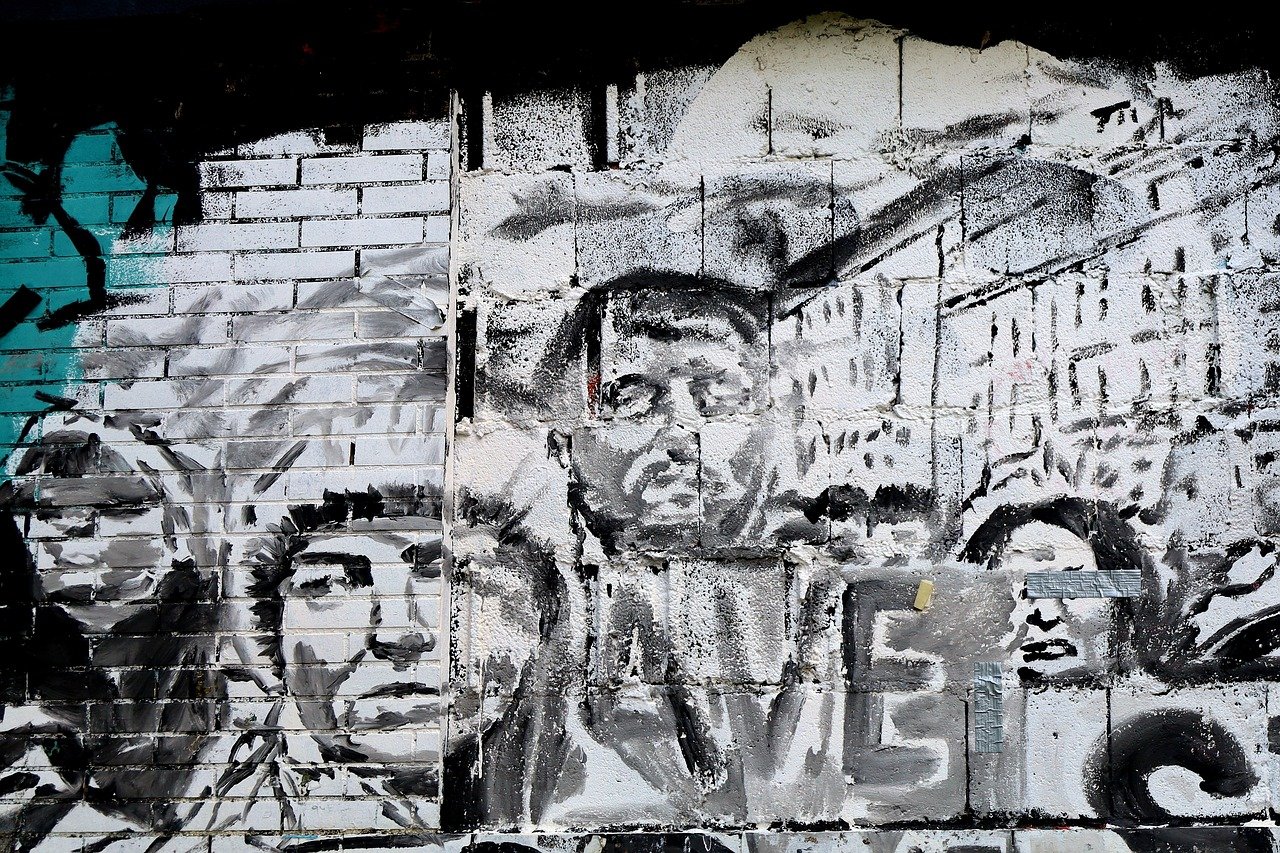
Impact on Cultural Preservation
Murals play a crucial role in preserving and celebrating the cultural heritage of communities, acting as vibrant visual narratives that encapsulate the essence of a society's traditions and values. These artistic masterpieces serve as living testaments to the rich history and unique identity of a place, allowing residents and visitors alike to immerse themselves in the cultural tapestry woven through these larger-than-life paintings.
Through the intricate brushstrokes and vivid colors of murals, communities can safeguard their cultural legacy for future generations, ensuring that the stories of the past are not forgotten but rather celebrated in a dynamic and engaging manner. By adorning public spaces with these artistic expressions, neighborhoods can create a sense of pride and connection to their roots, fostering a deep appreciation for the diverse cultural influences that shape their collective identity.
Furthermore, murals serve as powerful tools for cultural preservation by capturing the essence of local traditions, folklore, and historical events in a visually captivating way. These monumental artworks act as open-air museums, inviting viewers to explore and interpret the cultural significance embedded within each brushstroke and motif, thus fostering a deeper understanding and appreciation for the community's heritage.
Moreover, murals contribute to the preservation of cultural practices and customs that may be at risk of fading into obscurity in the face of modernization and globalization. By showcasing traditional art forms, rituals, and beliefs through larger-than-life murals, communities can ensure that their cultural legacy remains vibrant and relevant in a rapidly changing world, serving as a beacon of cultural pride and resilience.
Ultimately, the impact of murals on cultural preservation is profound, as these monumental artworks not only celebrate the past but also inspire future generations to cherish and uphold the rich tapestry of traditions that define their community's identity.
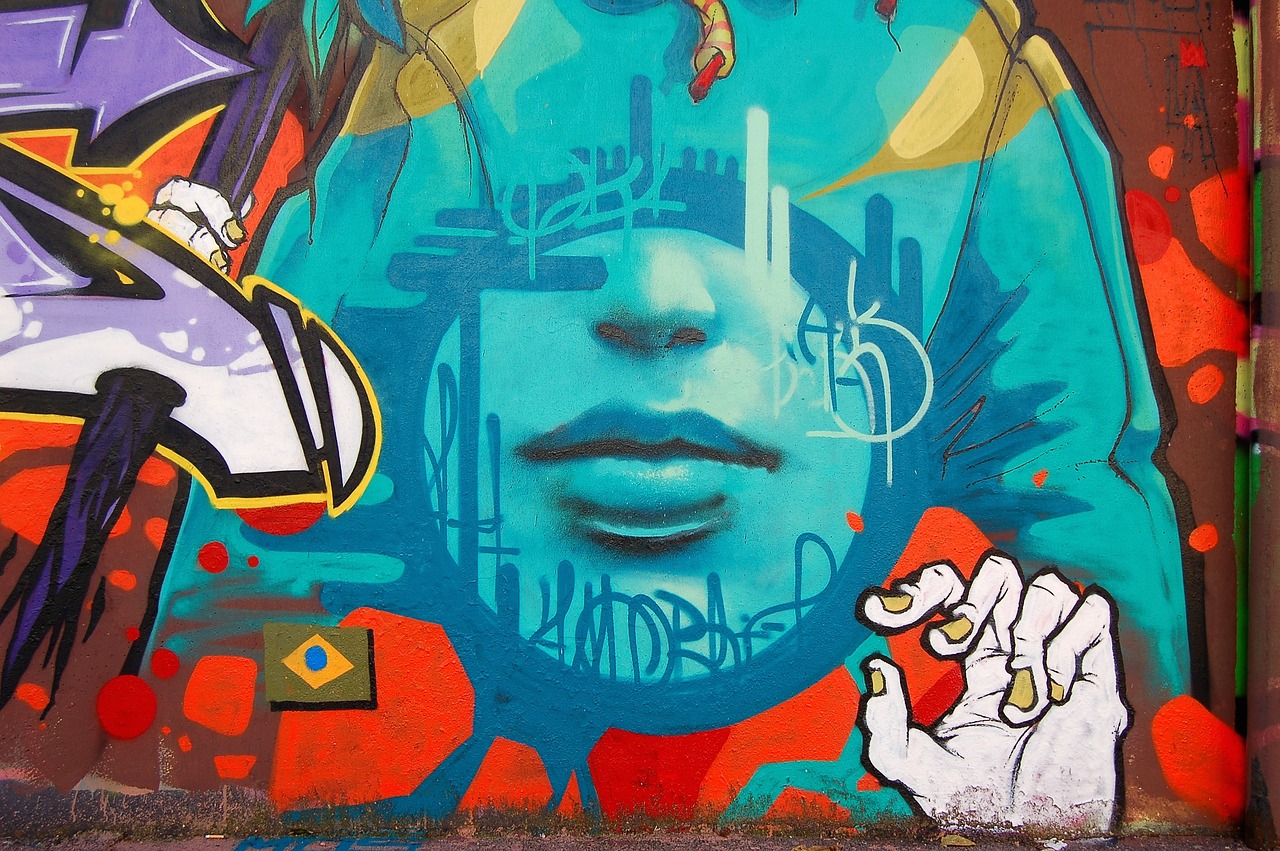
Community Engagement and Empowerment
Exploring how murals contribute to shaping the identity and character of communities, reflecting history, culture, and values through public art.
Community engagement and empowerment are pivotal aspects of mural art, as they bring people together to create something meaningful and impactful. When individuals participate in mural projects, they not only beautify their surroundings but also establish a sense of ownership and pride in their community.
Murals serve as a canvas for collective expression, allowing diverse voices to be heard and shared through art. Through collaborative efforts, community members can address social issues, celebrate cultural diversity, and promote unity.
Furthermore, mural projects empower residents to take an active role in shaping their environment, fostering a sense of agency and belonging. By engaging in the creative process, individuals develop a deeper connection to their community and a stronger commitment to its well-being.
One example of community engagement through murals is the transformation of neglected urban spaces into vibrant cultural hubs. By involving local artists and residents in the design and painting process, these once-forgotten areas are revitalized and transformed into focal points of community pride.
Moreover, mural art has the power to inspire activism and social change within communities. By depicting important historical events, advocating for human rights, or highlighting environmental issues, murals can spark conversations and mobilize individuals towards positive action.
Overall, community engagement and empowerment through murals not only enhance the visual landscape of neighborhoods but also strengthen social bonds, encourage collaboration, and promote a sense of shared responsibility for the well-being of the community.
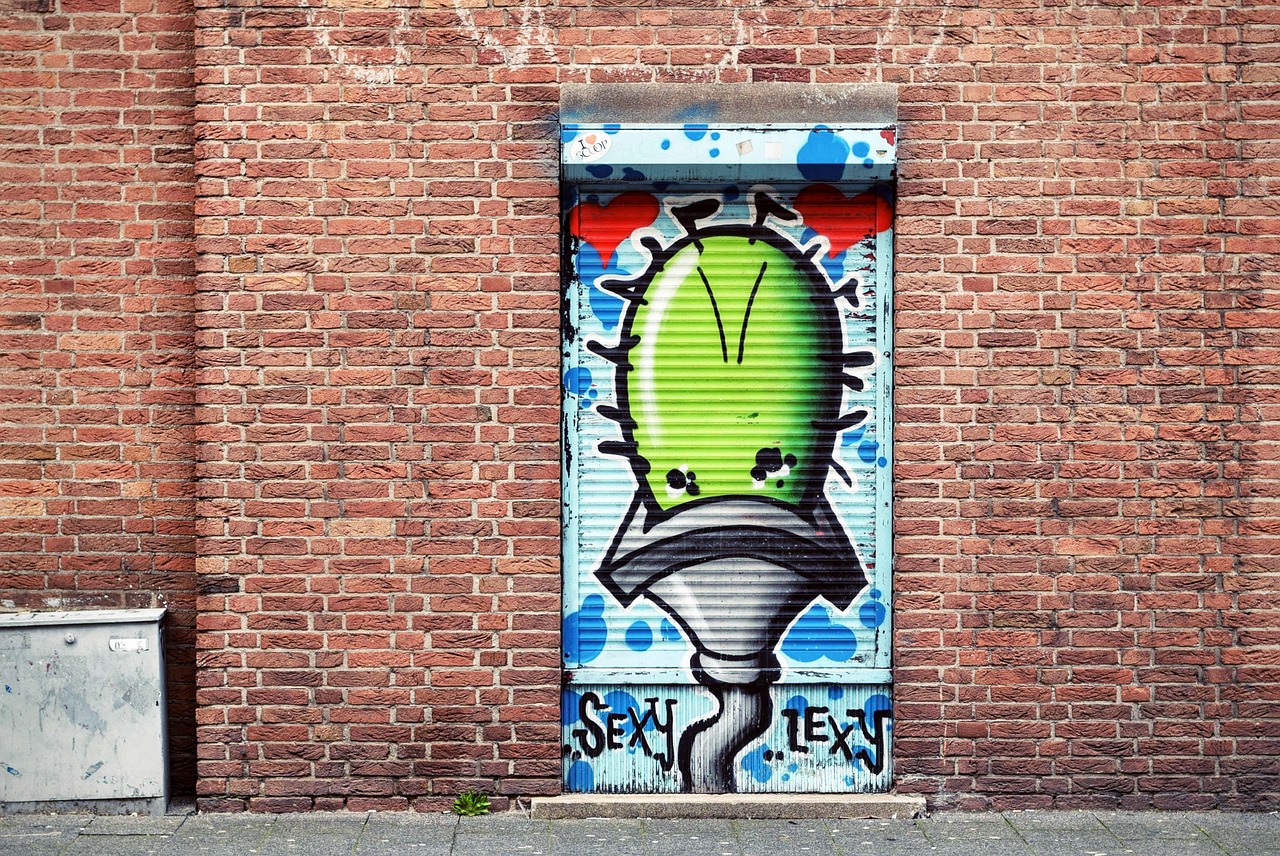
Symbolism and Representation
Exploring how murals contribute to shaping the identity and character of communities, reflecting history, culture, and values through public art.
When we gaze upon a mural, we are not just looking at colors and shapes; we are delving into a world of symbolism and representation. Murals have the power to encapsulate diverse narratives, identities, and social issues within the very fabric of local neighborhoods. Each stroke of paint, each intricate detail, speaks volumes about the community it resides in. Just like a novel tells a story through words, a mural narrates tales of struggle, triumph, and unity through vibrant imagery.

Economic and Tourism Benefits
When it comes to the significance of murals in community identity, one cannot overlook the substantial economic and tourism benefits that these vibrant artworks bring to local areas. Murals have the remarkable ability to attract visitors, stimulate tourism, and breathe new life into neighborhoods by transforming plain walls into captivating visual narratives.
One of the primary economic advantages of murals lies in their capacity to draw in tourists and art enthusiasts who are eager to explore the unique stories and artistic expressions depicted on these large-scale canvases. These colorful and thought-provoking murals serve as outdoor galleries, enticing individuals to visit communities they may not have otherwise considered, thus boosting local businesses and increasing foot traffic in the area.
Moreover, murals play a crucial role in revitalizing neighborhoods by adding aesthetic value and creating a sense of place that resonates with both residents and visitors alike. The presence of striking murals can transform once overlooked or neglected areas into vibrant cultural hubs, making them more appealing destinations for leisure, exploration, and social gatherings.
Furthermore, the economic benefits of murals extend beyond immediate tourism gains to long-term investments in community development. By enhancing the visual appeal of neighborhoods, murals can contribute to property value appreciation, encourage urban renewal projects, and foster a sense of pride and ownership among residents, ultimately leading to sustainable economic growth.
Overall, the fusion of art, culture, and commerce through murals not only enriches the local economy but also creates a dynamic and engaging environment that resonates with both residents and visitors, making it a win-win scenario for all stakeholders involved.
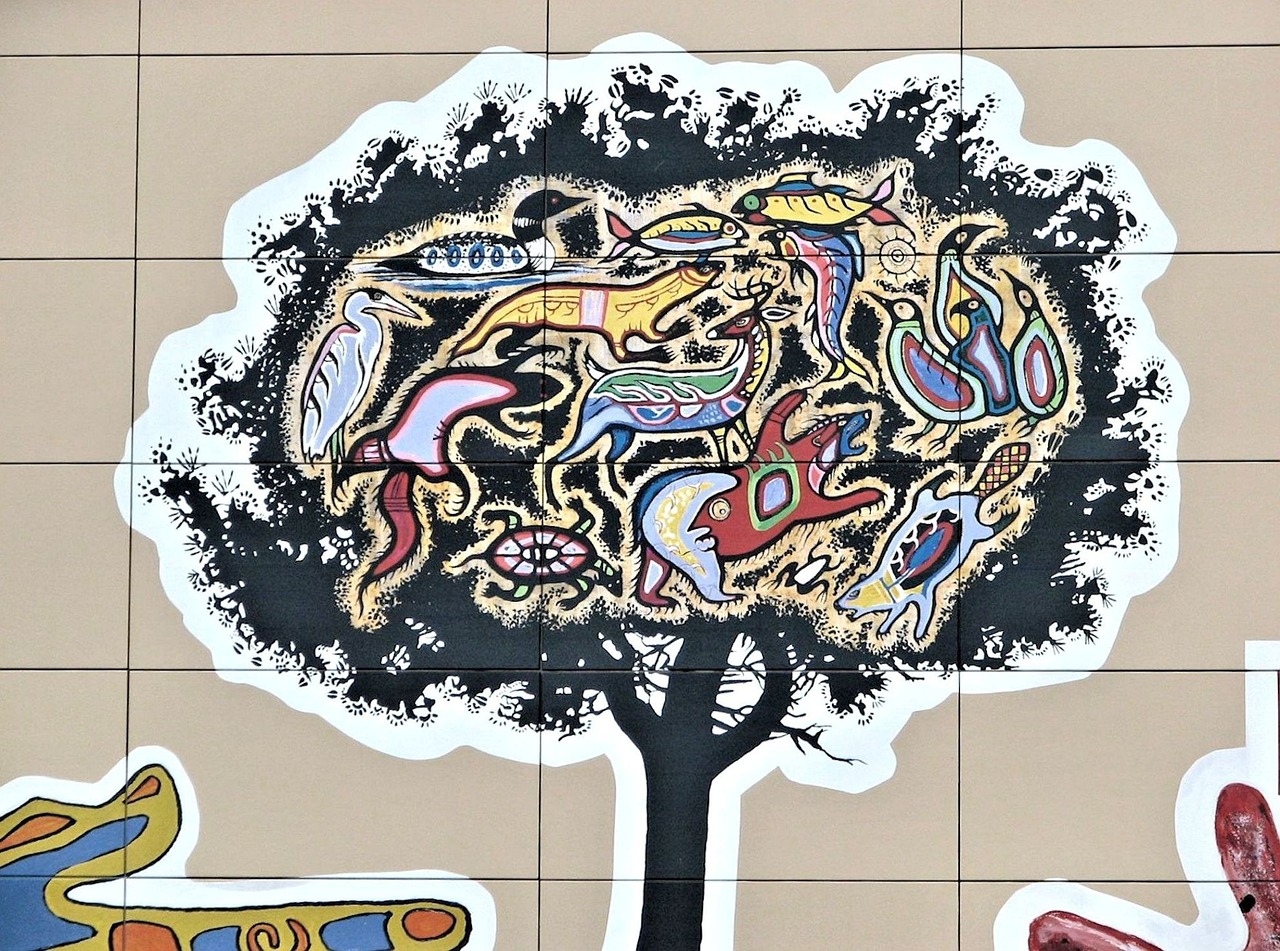
Challenges of Conservation and Maintenance
Exploring how murals contribute to shaping the identity and character of communities, reflecting history, culture, and values through public art.
Preserving and maintaining murals present a set of challenges that communities must address to ensure the longevity of these artistic expressions. Weathering, vandalism, and urban development pose significant threats to the conservation efforts of murals. Over time, exposure to elements such as sun, rain, and pollution can cause colors to fade and the structural integrity of the artwork to deteriorate. This necessitates regular inspections and maintenance to prevent irreversible damage.
Furthermore, vandalism remains a constant concern for mural conservation. Acts of graffiti, tagging, or intentional defacement can deface the artwork and undermine the artist's original message. Communities often struggle to find a balance between promoting public art and protecting murals from acts of vandalism. Implementing security measures and engaging with the community to raise awareness about the cultural significance of murals are essential steps in combating vandalism.
Urban development poses another challenge to the conservation of murals. As neighborhoods evolve and undergo gentrification, existing murals may be at risk of removal or destruction to make way for new construction projects. This dynamic environment requires proactive planning and collaboration between artists, community members, and local authorities to integrate mural preservation into urban development plans.
In addressing the challenges of conservation and maintenance, communities can implement strategies such as protective coatings to shield murals from environmental damage, community-led mural restoration projects to engage residents in preserving local artworks, and educational initiatives to promote respect for public art. By recognizing the importance of ongoing care and conservation efforts, communities can safeguard the cultural heritage and artistic legacy embodied in murals.
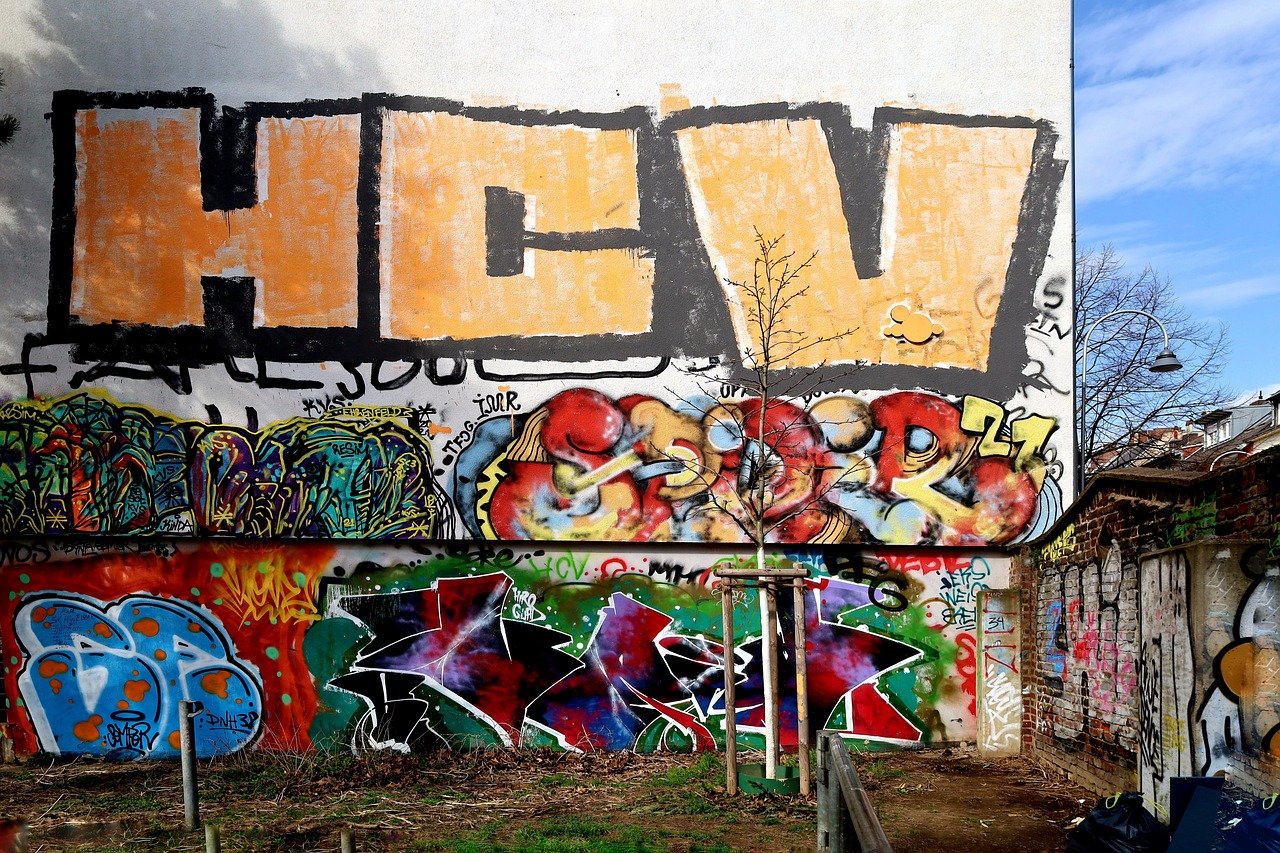
Global Influence and Contemporary Trends
Global Influence and Contemporary Trends in mural art showcase the dynamic nature of this form of public expression. With the rise of social media and global connectivity, murals have transcended geographical boundaries to become a universal language of creativity and activism. Artists from different parts of the world are influencing each other, leading to a fusion of styles and themes that reflect a diverse range of cultural influences.
Moreover, contemporary mural trends are characterized by a shift towards more interactive and immersive experiences. Artists are incorporating elements of technology, such as augmented reality, into their works to engage viewers in new and innovative ways. This integration of digital tools with traditional mural techniques is redefining the boundaries of public art and expanding the possibilities for creative expression.
The global impact of murals can be seen in the transformation of urban spaces into vibrant galleries that attract both locals and tourists. Cities around the world are recognizing the value of murals in beautifying neighborhoods, promoting cultural diversity, and fostering community pride. As a result, public art initiatives and mural festivals are on the rise, providing platforms for artists to showcase their talent and for communities to celebrate their unique identities.
Furthermore, the evolution of mural art reflects contemporary social issues and movements, serving as powerful platforms for advocacy and awareness. From environmental conservation to social justice, murals are used to amplify voices and spark conversations about pressing global challenges. By addressing these issues through art, muralists are contributing to a collective dialogue that transcends linguistic and cultural barriers.
In conclusion, the global influence and contemporary trends in mural art underscore its enduring relevance as a medium for cultural expression, social engagement, and urban transformation. As communities continue to embrace and support public art, murals will remain integral to shaping the identity and character of neighborhoods around the world.
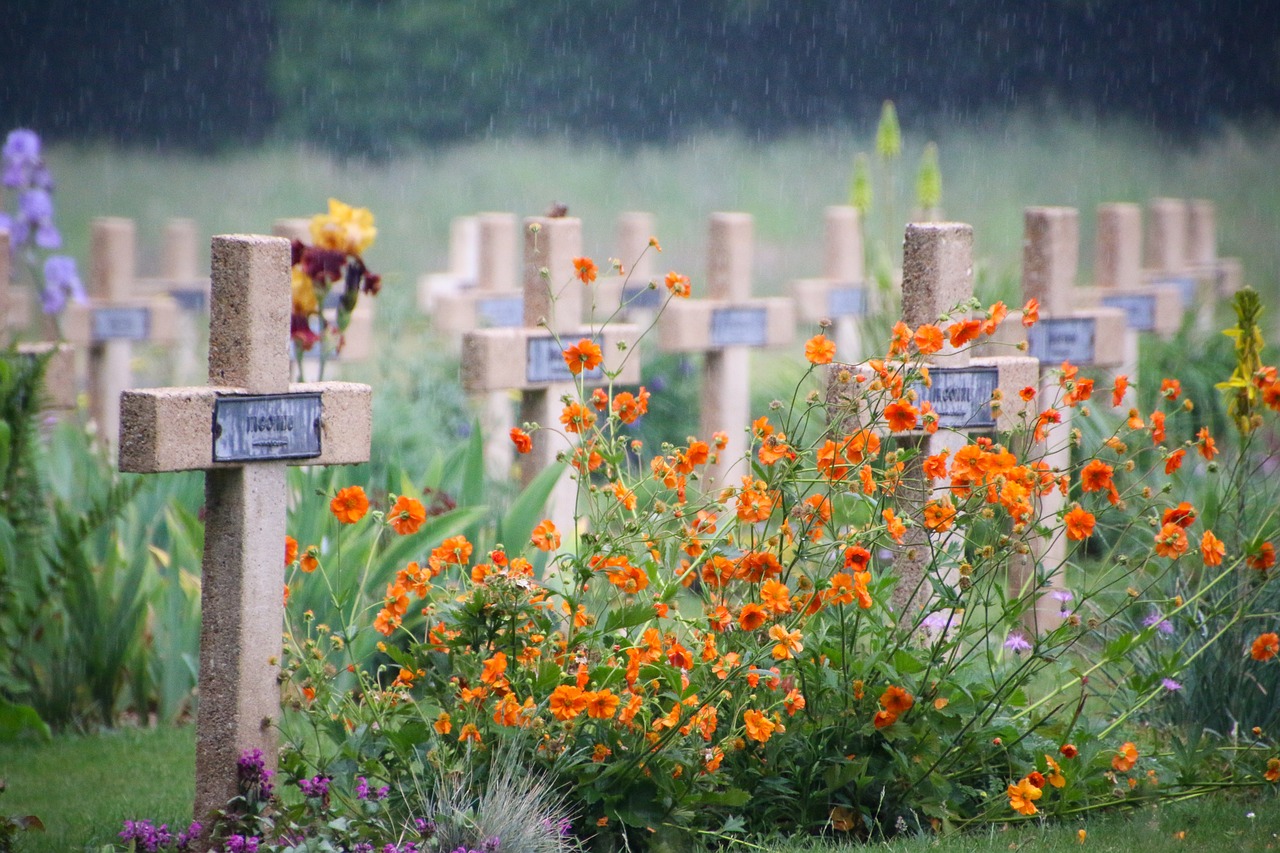
Future Outlook and Sustainability
Exploring how murals contribute to shaping the identity and character of communities, reflecting history, culture, and values through public art.
As we gaze into the future of community identity, it's clear that murals will continue to play a vital role in shaping urban landscapes and fostering social change. The sustainability of this art form hinges on ongoing support and recognition of its significance. Just like a sturdy foundation supports a towering skyscraper, sustained investment in public art initiatives will ensure that murals remain a vibrant part of our communities.
Frequently Asked Questions
- What is the significance of murals in community identity?
Murals play a crucial role in shaping the identity and character of communities by reflecting their history, culture, and values through public art. They serve as visual representations of community narratives and contribute to a sense of pride and unity among residents.
- How do murals impact cultural preservation?
Murals serve as important visual markers of cultural heritage and traditions within communities. They help preserve and showcase cultural identities, stories, and symbols, ensuring that they are passed down to future generations and remain a vibrant part of the community's fabric.
- What is the role of murals in community engagement and empowerment?
Murals foster community engagement by providing a platform for collaborative art projects that involve residents in the creative process. They empower communities by promoting activism, social awareness, and a sense of ownership over public spaces, leading to positive social change.
- How do murals symbolize diverse narratives and social issues?
Murals serve as powerful symbols of diverse narratives, identities, and social issues within local neighborhoods. They provide a visual voice for marginalized communities, address pressing social issues, and spark important conversations that contribute to a more inclusive and equitable society.
- What are the economic and tourism benefits of murals?
Murals have economic advantages in attracting visitors, supporting local businesses, and revitalizing neighborhoods. They enhance the aesthetic appeal of urban areas, create unique tourist attractions, and contribute to the cultural and economic vitality of communities.



















